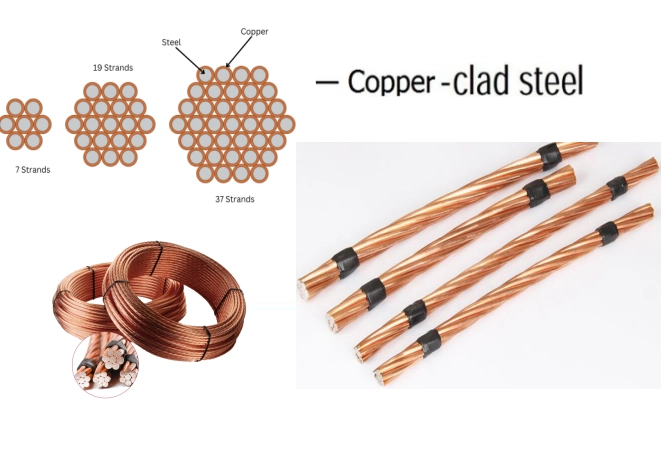When it comes to interior construction and renovation, drywall has long been the go-to material for creating walls and ceilings. However, as homeowners and builders alike seek to cut costs without sacrificing quality, the question arises: What is the cheapest alternative to drywall? This article delves into various options, examining their cost-effectiveness, practicality, and suitability for different applications.
Understanding Drywall and Its Costs
Before exploring alternatives, it’s essential to understand why drywall is so prevalent. Typically made from gypsum plaster sandwiched between two sheets of heavy paper, drywall is relatively inexpensive, easy to install, and provides a smooth finish. However, the average cost of drywall installation can range from $1.50 to $3.00 per square foot, depending on factors such as labor, materials, and location. For those on a tight budget, this can be a significant expense.
The Quest for Cheaper Alternatives
- Plywood Panels
Plywood is a versatile and durable alternative to drywall. It is made from thin layers of wood veneer glued together, providing strength and stability. Plywood panels can be used for walls and ceilings, offering a rustic aesthetic that can be appealing in certain design contexts. The cost of plywood typically ranges from $0.50 to $1.50 per square foot, making it a more affordable option than drywall. However, it requires additional finishing, such as sanding and sealing, to achieve a polished look.
- Oriented Strand Board (OSB)
OSB is another cost-effective alternative to drywall. Composed of wood strands bonded together with adhesives, OSB is known for its strength and structural integrity. It is often used in construction for sheathing and subflooring but can also serve as a wall material. The price of OSB usually falls between $0.75 and $1.25 per square foot. While it may not provide the same aesthetic appeal as drywall, OSB can be painted or covered with other materials to enhance its appearance.
- Fiber Cement Board
Fiber cement board is a durable and moisture-resistant option that can be used in areas prone to humidity, such as bathrooms and kitchens. Made from a mixture of cement, sand, and cellulose fibers, this material is fire-resistant and offers excellent insulation properties. The cost of fiber cement board ranges from $1.00 to $2.00 per square foot. While it may be slightly more expensive than plywood or OSB, its longevity and resistance to damage can make it a worthwhile investment.
- Wood Planks or Paneling
For those seeking a more natural look, wood planks or paneling can serve as an attractive alternative to drywall. Available in various species and finishes, wood paneling can add warmth and character to a space. The cost of wood paneling varies widely, typically ranging from $1.00 to $3.00 per square foot, depending on the type of wood and finish. While it may not be the cheapest option, its aesthetic appeal can justify the investment for many homeowners.
- Vinyl Wall Panels
Vinyl wall panels are an economical and practical solution for areas that require easy maintenance and durability. These panels are lightweight, water-resistant, and easy to clean, making them ideal for commercial spaces, basements, and laundry rooms. The cost of vinyl wall panels generally ranges from $0.50 to $1.50 per square foot. They can be installed directly over existing walls, reducing labor costs and installation time.
Factors to Consider When Choosing an Alternative
When selecting an alternative to drywall, several factors should be taken into account:
- Cost vs. Aesthetic: While some alternatives may be cheaper, they might not provide the desired aesthetic. Consider the overall design of the space and how the material will fit into that vision.
- Durability and Maintenance: Some materials may require more maintenance than others. Evaluate how much wear and tear the walls will experience and choose a material that can withstand it.
- Installation Complexity: Some alternatives may be more challenging to install than drywall. If you plan to do the work yourself, consider the skill level required for each option.
- Environmental Impact: For eco-conscious consumers, consider the sustainability of the materials. Options like reclaimed wood or recycled materials can reduce your environmental footprint.
Conclusion
While drywall remains a popular choice for interior construction, there are several cost-effective alternatives available that can meet various aesthetic and functional needs. Plywood, OSB, fiber cement board, wood paneling, and vinyl wall panels each offer unique benefits and price points. By carefully considering your budget, design preferences, and the specific requirements of your space, you can find an alternative that not only saves money but also enhances the overall look and feel of your home or project.

More Stories
Safety First: Essential Features of Heavy Duty Storage Racks
Why Indoor Adventure Parks Are the Perfect Rainy Day Solution
Innovations Driving the Future of Glass Fiber Cloth Composite